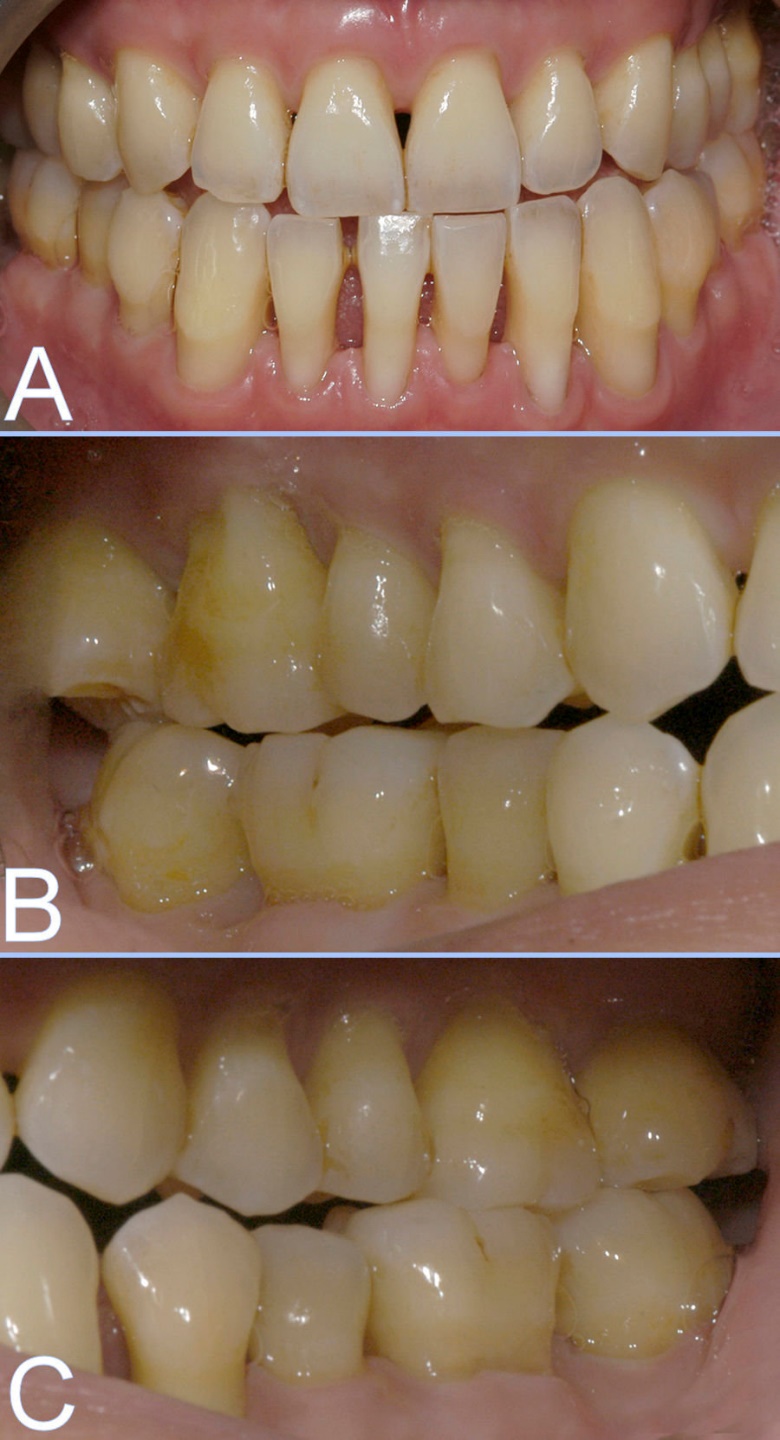Step-by-Step Guide to the Occlusal Adjustment Procedure
Introduction
Welcome to our step-by-step guide on the occlusal adjustment procedure! If you are experiencing discomfort or issues with your bite, an occlusal adjustment can help improve the alignment and balance of your teeth. This procedure involves carefully reshaping the biting surfaces of your teeth to create a more harmonious bite. In this guide, we will walk you through the process, highlighting each step along the way. Whether you are a dental professional or simply curious about this procedure, we hope you find this guide informative and helpful.
What is Occlusal Adjustment?
Occlusal adjustment is a dental procedure that involves reshaping the biting surfaces of the teeth to improve the way they fit together. This procedure is performed to correct bite problems, relieve jaw pain, and prevent further damage to the teeth and supporting structures.
Examination and Diagnosis
The first step in the occlusal adjustment procedure is a thorough examination and diagnosis. The dentist will evaluate your bite, jaw movement, and overall oral health. X-rays and dental impressions may be taken to get a detailed understanding of your dental structure.
Treatment Planning
Based on the examination findings, the dentist will develop a treatment plan tailored to your specific needs. This plan will outline the areas that require adjustment and the techniques that will be used.
Local Anesthesia
Prior to the adjustment procedure, the dentist will administer local anesthesia to numb the areas being treated. This ensures a pain-free experience during the procedure.
Adjusting the Teeth
Using specialized dental instruments, the dentist will carefully reshape the biting surfaces of the teeth. This may involve removing small amounts of enamel or adjusting the height and shape of the teeth to achieve proper alignment.
Checking the Bite
After making the necessary adjustments, the dentist will check your bite to ensure that the teeth fit together correctly. This may involve using articulating paper or other methods to identify any areas of interference or misalignment.
Fine-Tuning
If any discrepancies are found during the bite check, the dentist will make further adjustments to achieve optimal occlusion. This may involve additional reshaping or polishing of the teeth surfaces.
Bite Splint or Nightguard
In some cases, the dentist may recommend the use of a bite splint or nightguard to help maintain the newly adjusted bite. These oral appliances provide support and prevent teeth grinding or clenching, which can lead to bite problems.
Summary
The occlusal adjustment procedure is a dental treatment aimed at improving the alignment and balance of a patient’s bite. It involves reshaping the biting surfaces of the teeth to create a more harmonious occlusion. This procedure can help alleviate discomfort, prevent further dental issues, and improve overall oral health. Our step-by-step guide will provide a detailed overview of the occlusal adjustment process, from initial assessment to post-treatment care. Whether you are a dental professional seeking to enhance your knowledge or a patient interested in understanding the procedure, this guide will serve as a valuable resource. Let’s dive in and explore the vari find out here now ous steps involved in the occlusal adjustment procedure.

- Q: What is the occlusal adjustment procedure?
- A: The occlusal adjustment procedure is a dental treatment that involves reshaping the biting surfaces of the teeth to improve the alignment of the bite.
- Q: Why is occlusal adjustment necessary?
- A: Occlusal adjustment is necessary to correct bite problems such as malocclusion, bruxism, or temporomandibular joint disorders (TMJ). It helps to alleviate symptoms like tooth wear, jaw pain, headaches, and difficulty in chewing.
- Q: How is the occlusal adjustment procedure performed?
- A: The procedure involves carefully analyzing the patient’s bite using dental instruments and articulating paper. The dentist will then selectively grind or reshape the teeth to achieve a more balanced and harmonious bite.
- Q: Is the occlusal adjustment procedure painful?
- A: No, the procedure is typically painless as local anesthesia is used to numb the teeth and surrounding tissues. Patients may experience some temporary sensitivity or discomfort after the procedure, which can be managed with over-the-counter pain relievers.
- Q: How long does the occlusal adjustment procedure take?
- A: The duration of the procedure depends on the complexity of the case. It can range from a single appointment of about 30 minutes to multiple appointments spread over several weeks.
- Q: Are there any risks or complications associated with occlusal adjustment?
- A: Occlusal adjustment is a safe procedure when performed by a qualified dentist. However, excessive grinding of the teeth can lead to tooth sensitivity or damage to dental restorations. It is important to consult with a dentist experienced in occlusal adjustments to minimize any potential risks.
- Q: How long do the results of occlusal adjustment last?
- A: The results of occlusal adjustment can vary depending on individual factors and the underlying cause of the bite problem. In some cases, the results can be long-lasting, while in others, additional treatments or maintenance may be required to sustain the improvements.
- Q: Will insurance cover the cost of occlusal

Welcome to my website! My name is Ryan Sullivan, and I am a dedicated and experienced dental assistant. With a passion for oral health and a commitment to providing exceptional patient care, I am thrilled to share my knowledge and expertise with you.
